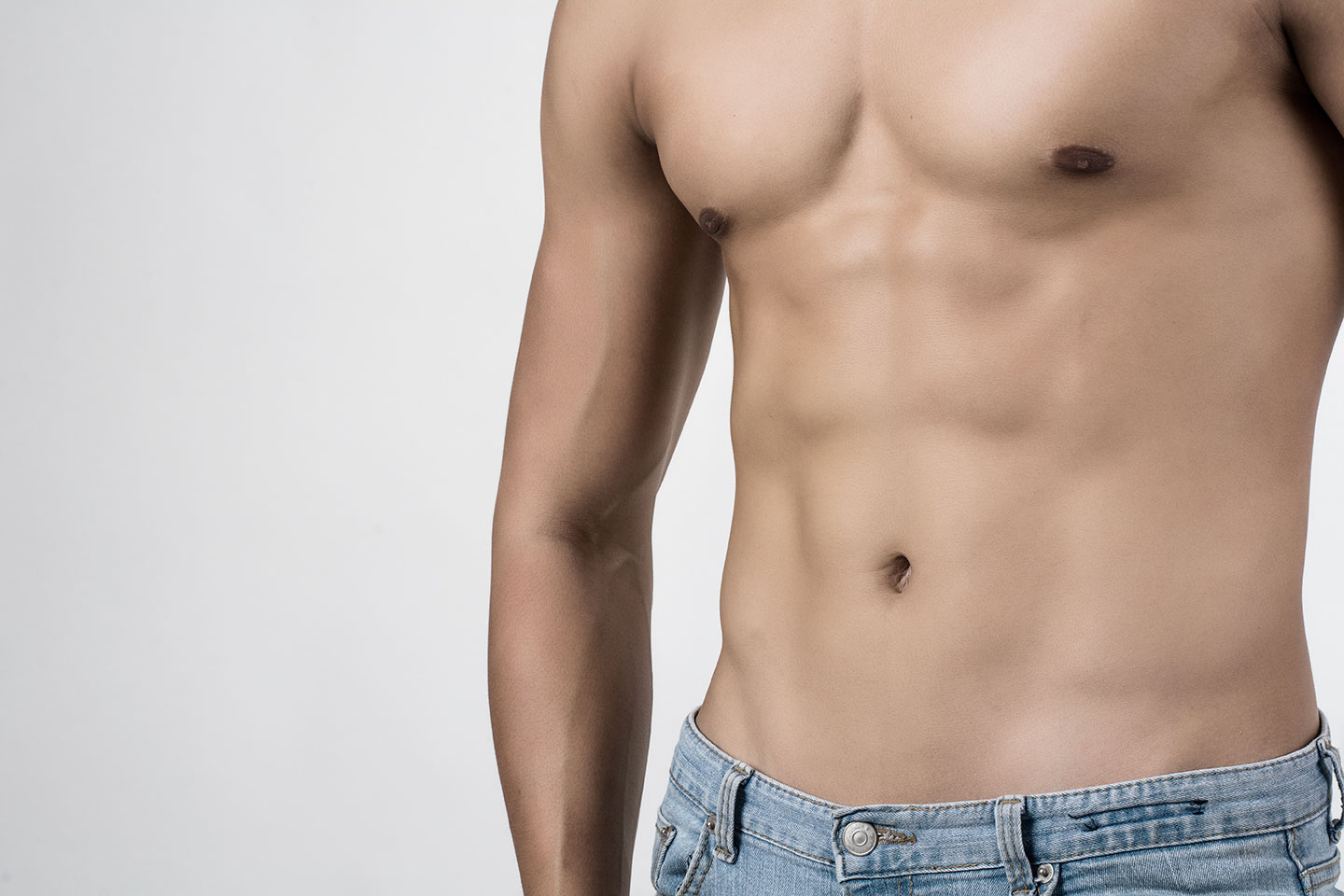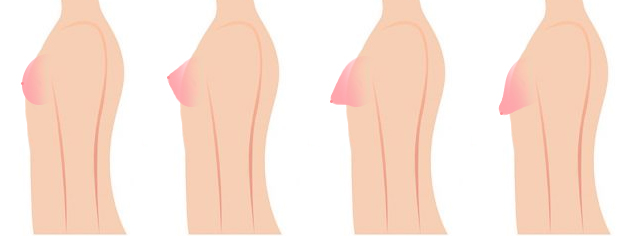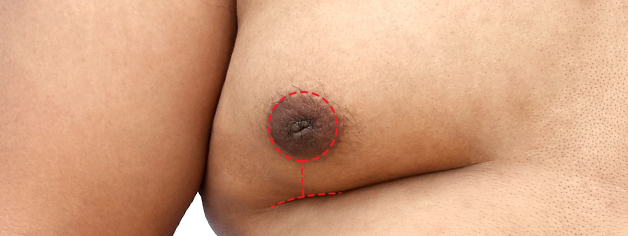Aesthetic and plastic surgeon Doctor Roman Merle performs gynecomastia surgery in Antibes. The procedure is designed to treat gynecomastia by reducing the size of the breasts in men.
When is gynecomastia treatment appropriate?
Gynecomastia is used to describe the condition when a man develops breasts. This can affect either one or both breasts. It can often happen in puberty and tends to disappear naturally after a few months. In adulthood, most cases of gynecomastia are generally mild. Embarrassed by how they look and experiencing both the physical and psychological discomfort attached to this condition, men may decide to opt for surgery: gynecomastia treatment. This procedure involves removing the mammary gland (subcutaneous mastectomy) and is sometimes combined with liposuction to remove excess fatty tissue around the breast.
Gynecomastia treatment can only be envisaged after consultation with an endocrinologist who will carry out a comprehensive medical check-up.


Gynecomastia treatment
The breast reduction procedure lasts between 1hour 30 minutes and 2 hours and is performed under a general anaesthetic.
Aesthetic and plastic surgeon Doctor Roman Merle will make an incision at the lower edge of the areola to remove the mammary gland and use liposuction to take away any excess fatty tissue. When the gynecomastia is significant and the breasts are enlarged, the incisions may be bigger, going from around the areola and then vertically down to the crease underneath the breast.


Dr Merle can also insert a Redon drain to dissipate any fluid that may collect around the wound. As soon as the procedure is done, the patient will be put into a shaping compression bandage.
After the procedure, the patient may be able to leave the clinic on the same day or stay in for 24 hours.
The cost of gynecomastia treatment performed in Antibes by aesthetic and plastic surgeon Doctor Roman Merle, starts at €1500 and may be reimbursed by Social Security in certain cases.
What to expect following surgery
After the procedure, discomfort or pain may be experienced. Swelling and bruising often occur. Doctor Merle will be able to prescribe appropriate medication to help reduce any discomfort.
The shaping compression bandage is removed a few days after the procedure and then a specially adapted harness must be worn for 2 months. Any sporting activity should be avoided for at least one month after the operation.


